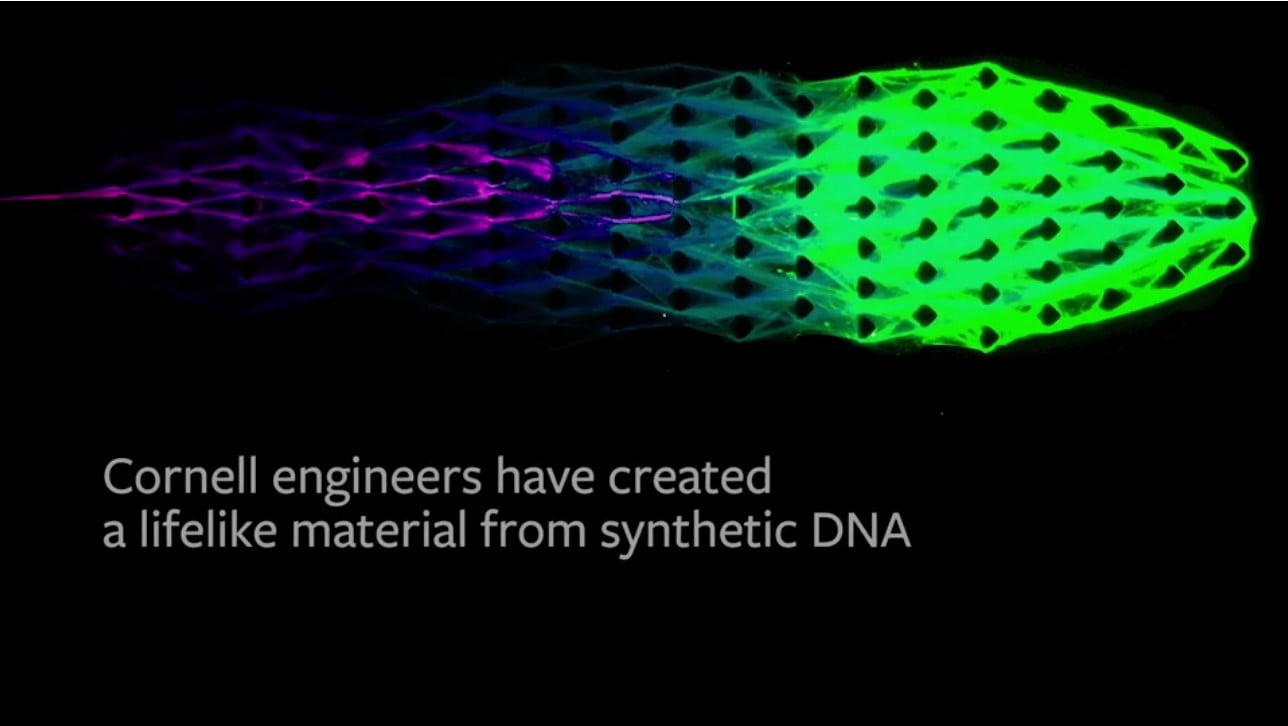The development of robotics and artificial intelligence is approaching an era where robots and humans could live together. The most recent example of this vision comes from a newly-developed material, powered by artificial metabolism which could power robotics of the future.
Researchers at Cornell University used bioengineering to develop a biomaterial powered by artificial metabolism. They used synthetic DNA and made it re-organize, assemble and restructure itself, as a part of a process similar to how our own cells and tissues grow and regenerate. The researchers called the material artificial metabolism. Their findings were published in the journal Science Robotics.
The idea of bio machinery which resembles the way humans live and evolve has been going on for a while, and with the new material, robots are one step closer to being more lifelike.
“We are introducing a brand-new, lifelike material concept powered by its very own artificial metabolism,” Cornell engineer Dan Lui said in a press release. “We are not making something that’s alive, but we are creating materials that are much more lifelike than have ever been seen before.”
The new biomaterial perfectly imitates how a biological organism works. It has a repeating metabolic cycle of receiving different energy inputs and replacing dying cells. When the material is near a nutrient-rich environment, the material begins growing in the direction of the raw materials and food that are necessary for it to continue living, similar to how the development of the brain’s neurons grows out in the direction of necessary molecules for its growth.
The material dumps the dead material similar to our metabolism, the end of the material dies off and decays, which leaves space for other cells that continuously grow in the artificial metabolism as it develops itself, all the while traveling toward the food source.
The biomaterial, isn’t really alive, however, but it nearly flawlessly mimics moving and growing just like a living being would.
“The designs are still primitive, but they showed a new route to create dynamic machines from biomolecules. We are at a first step of building lifelike robots by artificial metabolism,” said Shogo Hamada, lecturer and research associate in the Luo lab, and lead and co-corresponding author of the paper. “Even from a simple design, we were able to create sophisticated behaviors like racing. Artificial metabolism could open a new frontier in robotics.”
In the future, this new biomaterial could be used as a sensor which could detect DNA and RNA. Moreover, the model could be used for making dynamic material which would make proteins without the presence of living cells.





